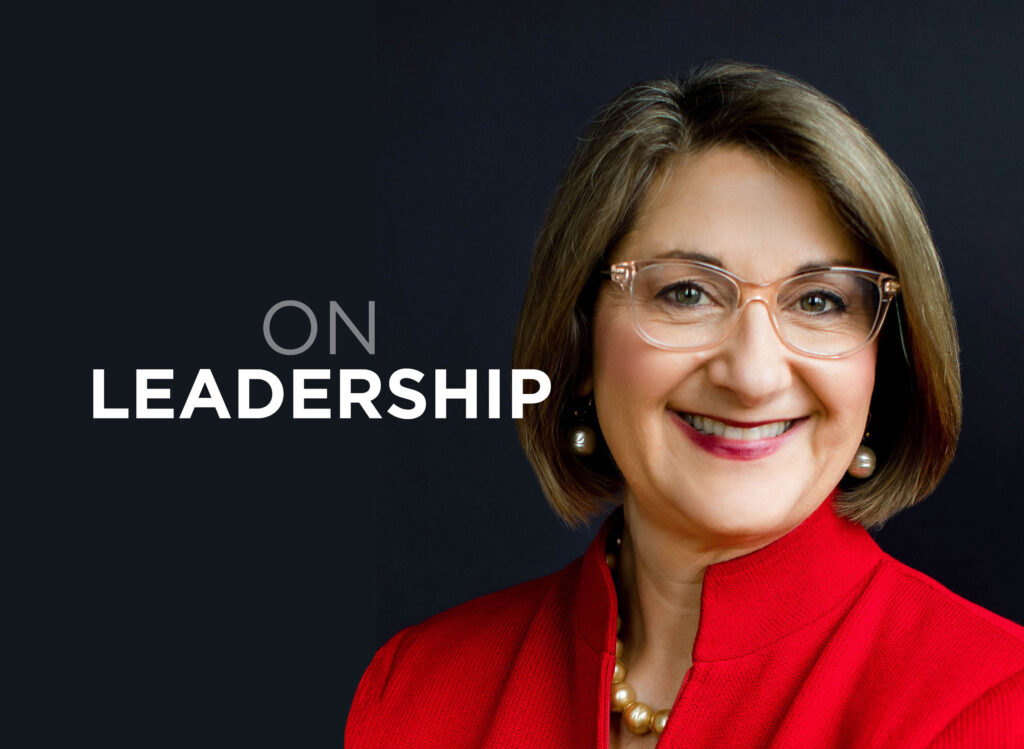The Elbert Files: Finding the future

The question facing many of the metro area’s best minds is how to continue the remarkable growth we’ve experienced in recent decades.
There are several ways to approach that question, but one essential is transportation. Without good transportation, nothing moves forward.
One only need look at the city’s past to realize how often the way we get around changes.
This area was settled 170 years ago by people who arrived on foot or in wagons pulled by animals.
According to Leo Landis, curator of the State Historical Society, the evolution of public transportation in Des Moines moved from horse-drawn streetcars in the 1860s to electric streetcars by the late 1880s.
Interurban passenger trains covered Iowa like a spider’s web during the early 1900s. Use of automobiles exploded after World War I. Rubber-tired buses called curbliners arrived after World War II. Our modern bus system dates from roughly the mid-1970s, although its structure and purpose has changed dramatically since then.
Each transportation system created its own infrastructure consisting of rail lines, concrete roads, electric grids and storage facilities.
What few of us realize is how slowly transportation infrastructure changes, even when specific systems are no longer in use. Vestiges of Iowa’s early rail infrastructure still exist, with some routes now converted to bike trails.
Many of us look at interstate highways and assume they always existed because, for people under age 55, they always have.
Current transportation planning consists largely of expanding existing infrastructure.
But it no longer works that way.
The pace of change has accelerated to a point where we can no longer resolve tomorrow’s transportation needs by expanding today’s infrastructure.
Technology is changing everything. Our work habits are changing. What we learn and the way we learn it are changing. The way we communicate is changing, which also changes the way we socialize, work and learn. The planet is changing.
For us to expect that transportation 10 or 20 years from now will be much like it is today is bad planning.
Adie Tomer, an economist with the Brookings Institution Metropolitan Policy Program, brought home that point and more during a presentation last month at the Tomorrow Plan Speaker Series at the State Historical Building.
Tomer is not an advocate for any particular transportation system. His job is to study costs and usage patterns and let technology point the way to more efficient systems.
To get a feel for how quickly things are changing, consider the fact that 10 years ago there were no ride-sharing services like Uber or Lyft, the term “autonomous vehicle” did not exist, and there were no bicycle rental services where you could walk up, plug in a credit card and take off, leaving the bike in a rack at a different location.
The way we live is changing dramatically. We buy goods online instead of from brick-and-mortar retailers. Many of us work from remote locations and no longer drive to work. Many of us walk for exercise as well as transportation.
“Since 2000, we’ve stopped driving as much, but we are still addicted to building new roads,” Tomer said.
Our biggest problem today, he said, is we don’t know the real cost of driving a car, or taking a bus, or riding a bike. If we did, we would probably plan differently.
Only a few years ago, it was impossible to obtain that information, he said, but with new technology, with what we now call “big data,” that is no longer the case.
“If we are driving less and transit rates are not growing, what is happening?” he asked.
If we learn how to use the data, we can find the answer and make smarter choices, Tomer said.







